The most important inventions of prehistory
Throughout history, human ingenuity has paved the way for monumental innovations that shaped the course of civilization. From the simplest tools to complex societal structures, these breakthroughs not only solved immediate challenges but also propelled humanity forward.
By examining these key developments, we can appreciate the remarkable journey of human progress and understand the foundations of our modern world.
The Wheel: Rolling into Civilization
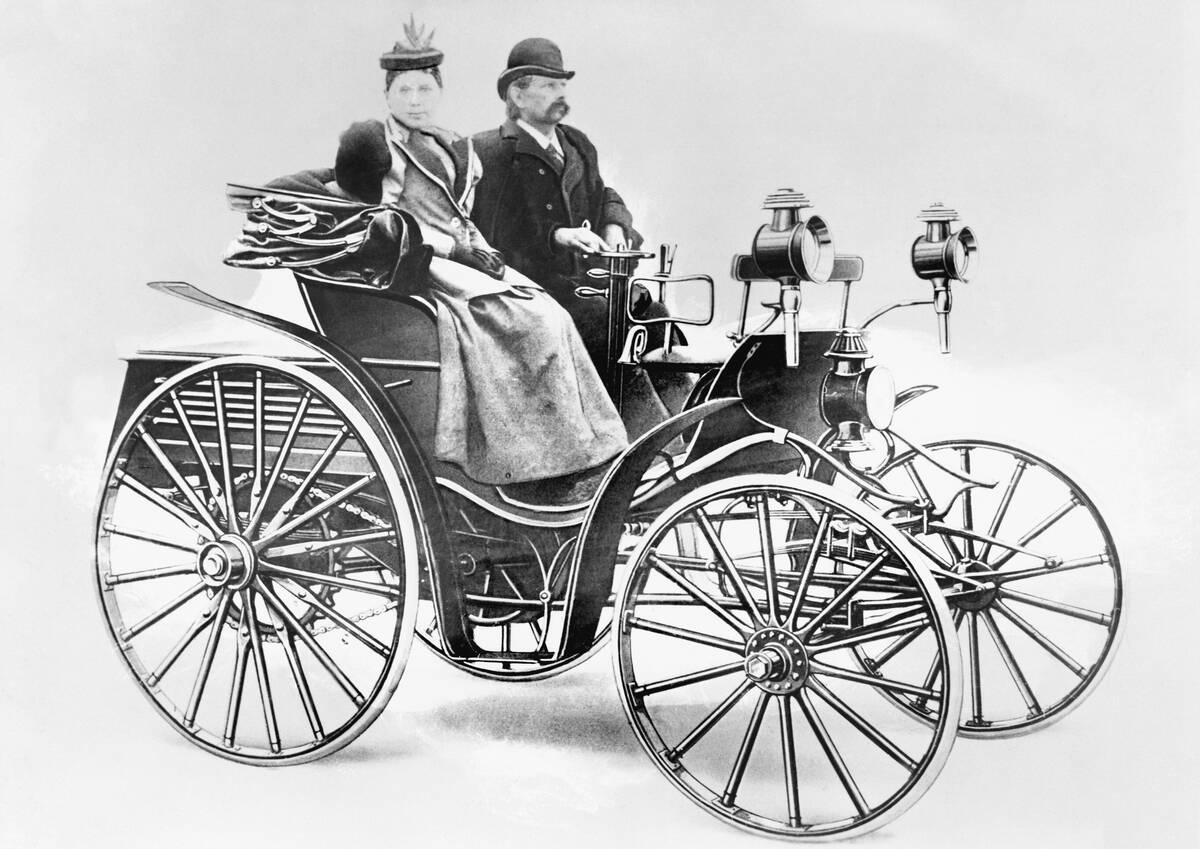
The invention of the wheel was a game-changer, revolutionizing transport and trade. Originating around 3500 BC in Mesopotamia, wheels were initially used for pottery. It wasn’t long before their potential for transportation was realized, forever altering the landscape of travel.
By facilitating the movement of goods and people, the wheel became a cornerstone of economic and social development.
Fire: The Original Multi-Tool
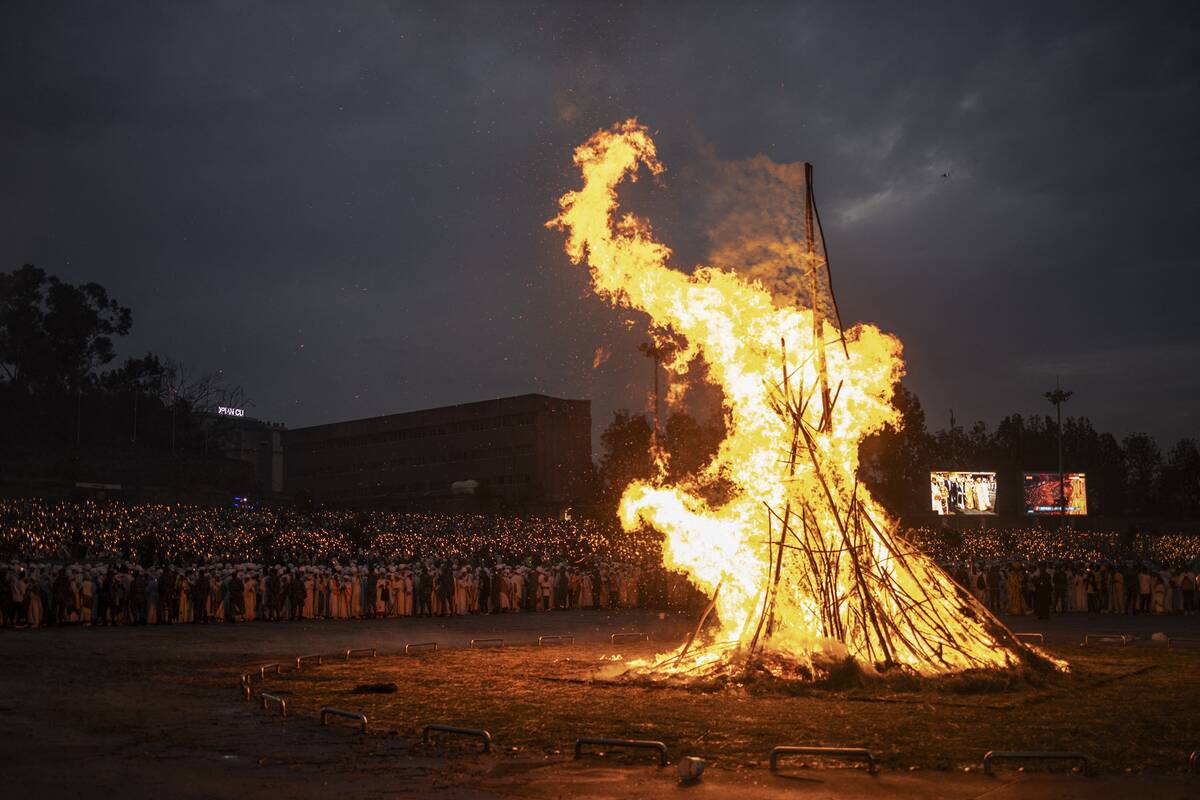
Fire, discovered over a million years ago, was humanity’s first tool to conquer the elements. It provided warmth, protection, and a means to cook food, transforming our dietary habits and health.
The ability to control fire also allowed for the creation of new tools and materials, laying the groundwork for technological advancement.
The Development of Language: Talking Our Way to the Top

Language is the bridge that connected early humans, fostering cooperation and knowledge sharing. Emerging around 100,000 years ago, language allowed for complex communication and the passing of intricate ideas.
This linguistic ability was crucial for planning, cultural development, and ultimately, the formation of societies.
The Mastery of Stone Tools: Crafting a New Era
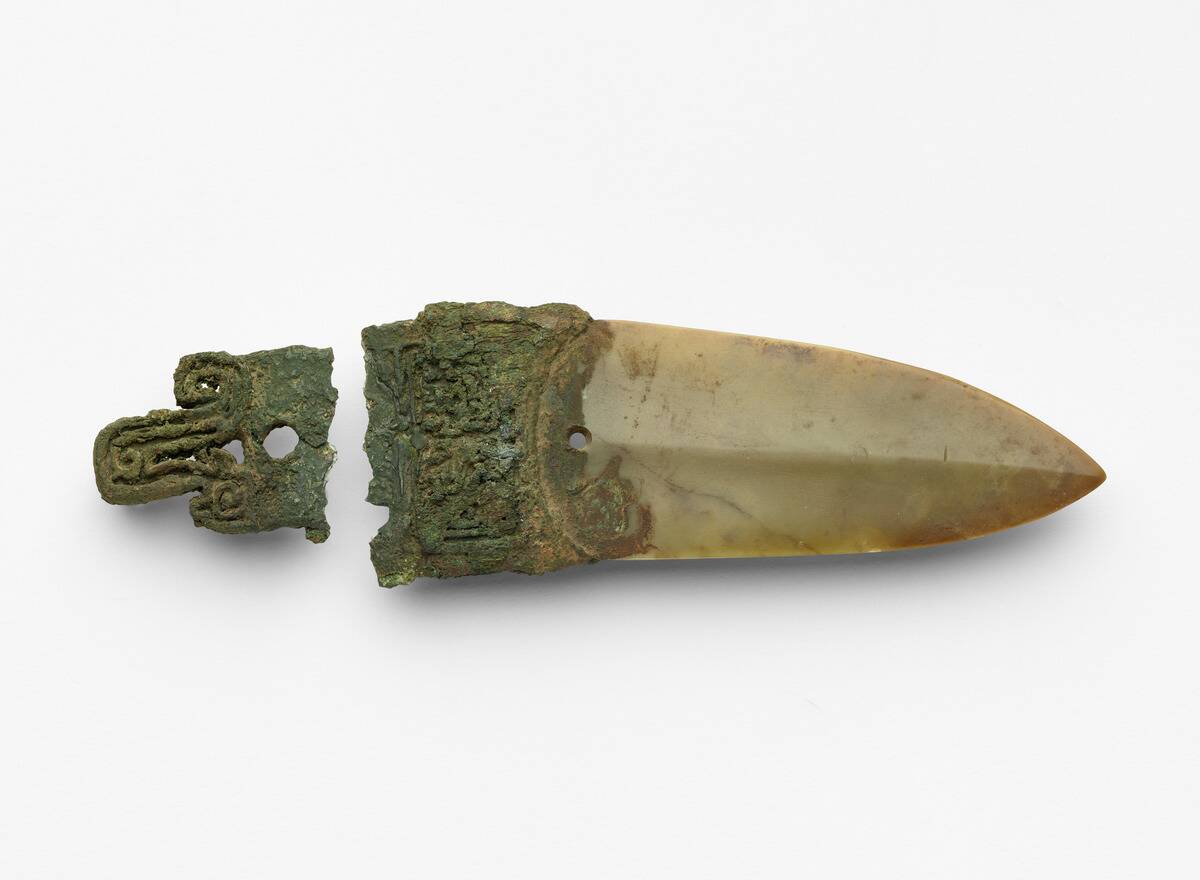
Stone tools marked the dawn of technological innovation, with the earliest known tools dating back 2.6 million years. Crafted from readily available materials, these tools were used for hunting, building, and crafting.
The evolution of stone tools demonstrated early humans’ capacity for problem-solving and adaptation.
The Art of Sewing: Stitching Together Ancient Society
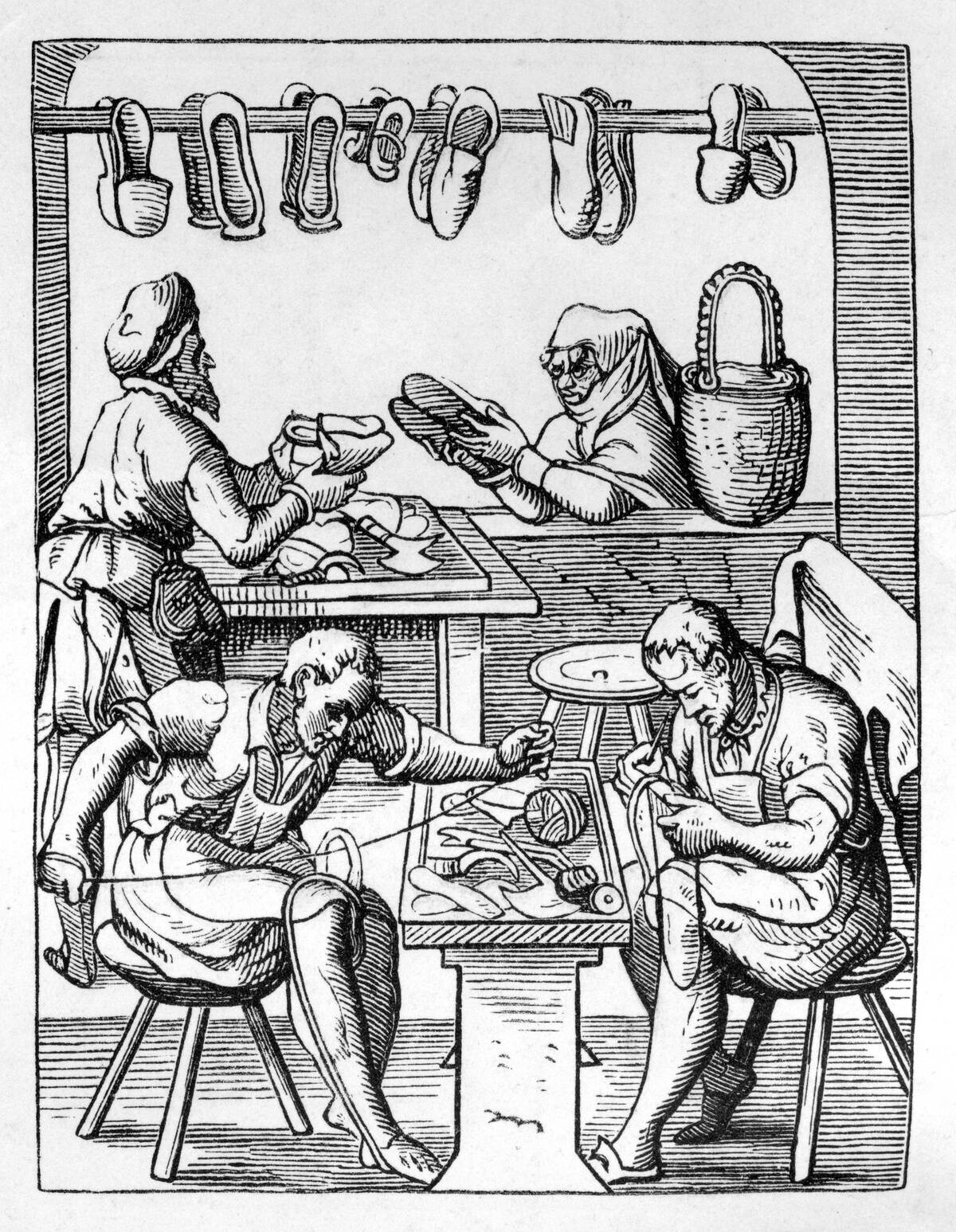
The art of sewing began with simple bone needles around 30,000 years ago, with threads made from plant fibers or animal sinew. This skill was crucial for creating garments that offered protection and comfort.
As societies grew, sewing evolved into a cultural expression, showcasing creativity and identity through fabric.
The Advent of Agriculture: Farming Our Future
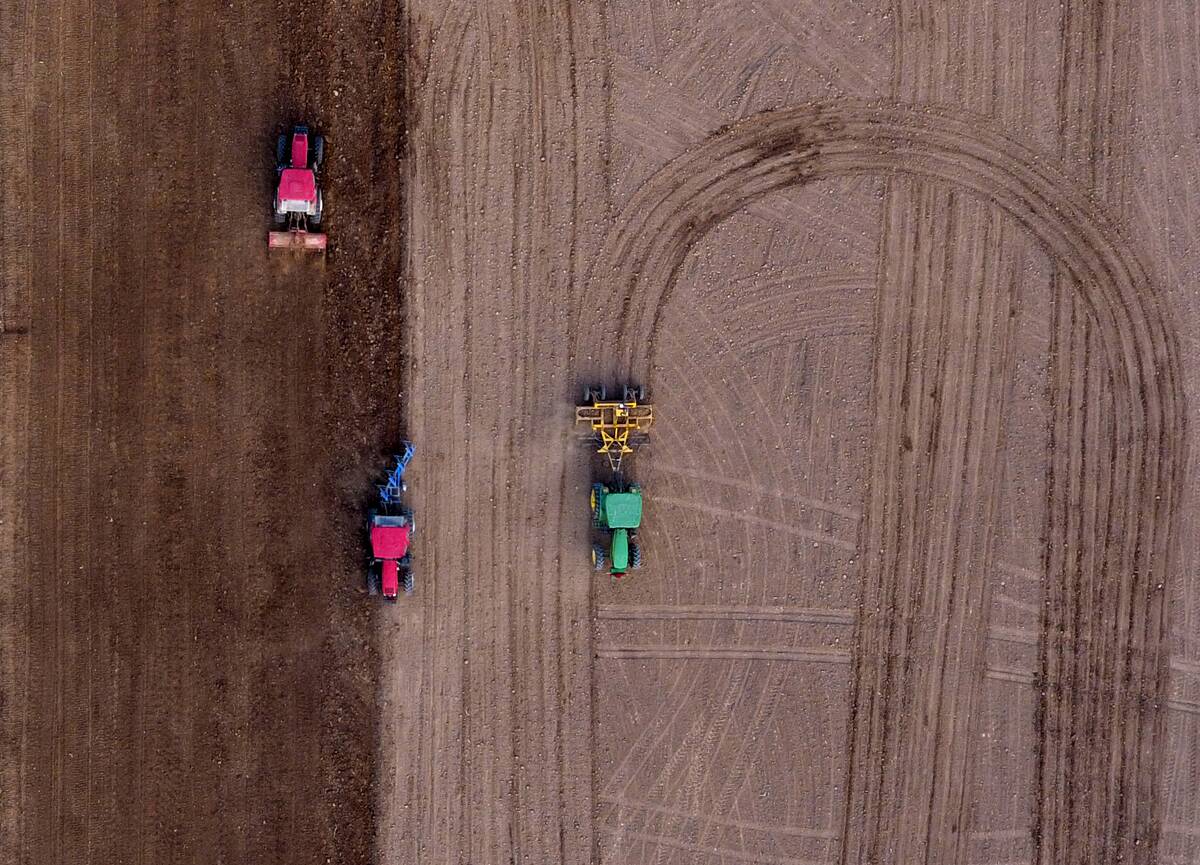
Agriculture emerged around 10,000 BC in the Fertile Crescent, transforming human societies from nomadic to settled lifestyles.
Cultivating crops and domesticating animals provided a reliable food source, leading to population growth and the establishment of permanent communities. This agricultural revolution was a pivotal step toward modern civilization.
The Invention of the Bow and Arrow: Hitting the Target

The bow and arrow, developed over 70,000 years ago in Africa, revolutionized hunting and warfare. This ranged weapon allowed early humans to hunt more efficiently and defend themselves from a distance.
Its impact extended beyond survival, influencing military strategies and shaping the power dynamics of ancient societies.
Pottery: Shaping the Clay of History
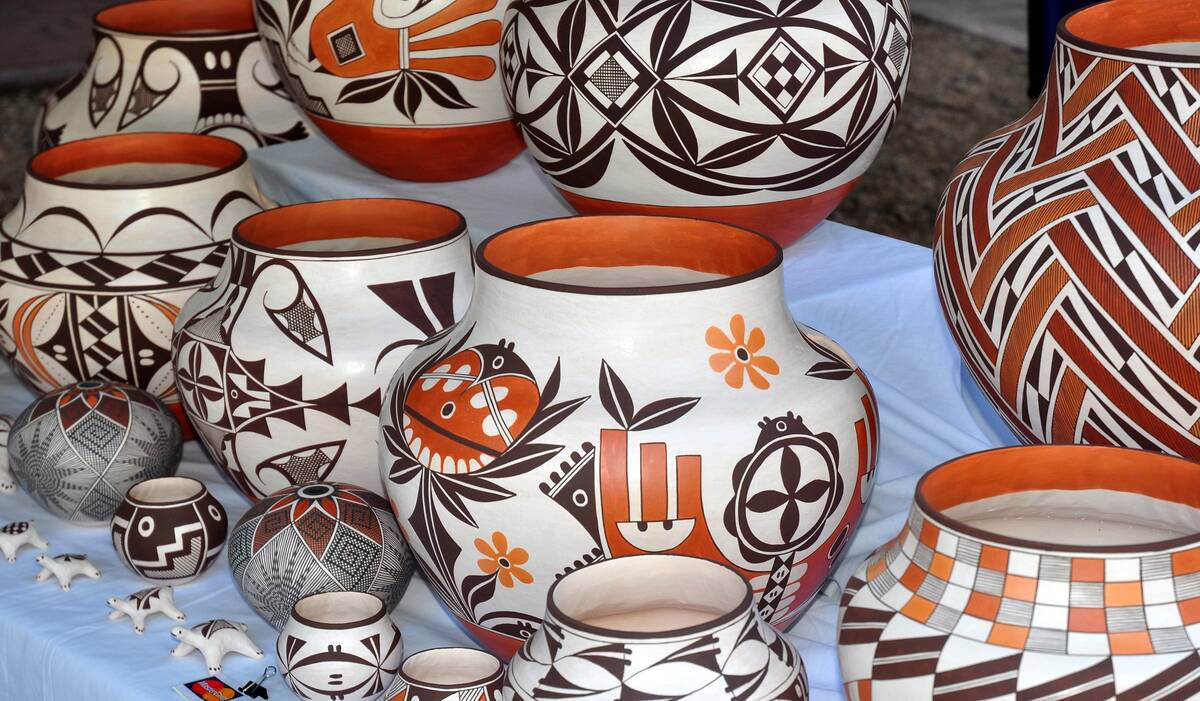
Pottery began around 20,000 years ago in East Asia, serving as a durable and versatile tool for storage and cooking.
The ability to create ceramic vessels enabled the safe storage of food and liquids, significantly impacting daily life and trade. Pottery also became an artistic outlet, reflecting cultural values and aesthetics.
The Domestication of Animals: Our Furry and Feathered Allies
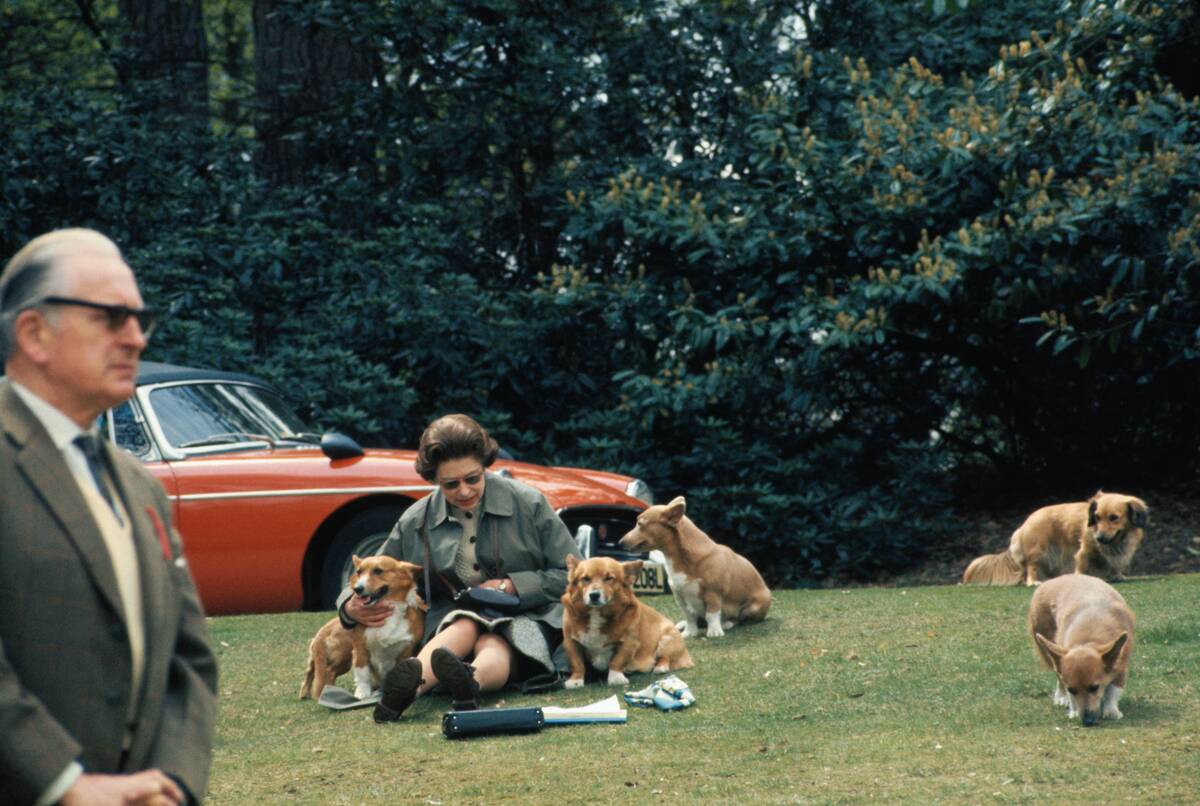
Domestication, starting with dogs over 15,000 years ago, forged a symbiotic relationship between humans and animals. Livestock provided food, clothing, and labor, while pets offered companionship and protection.
This mutualistic bond played a critical role in human development, shaping agricultural practices and social structures.
The Creation of Clothing: From Necessity to Fashion
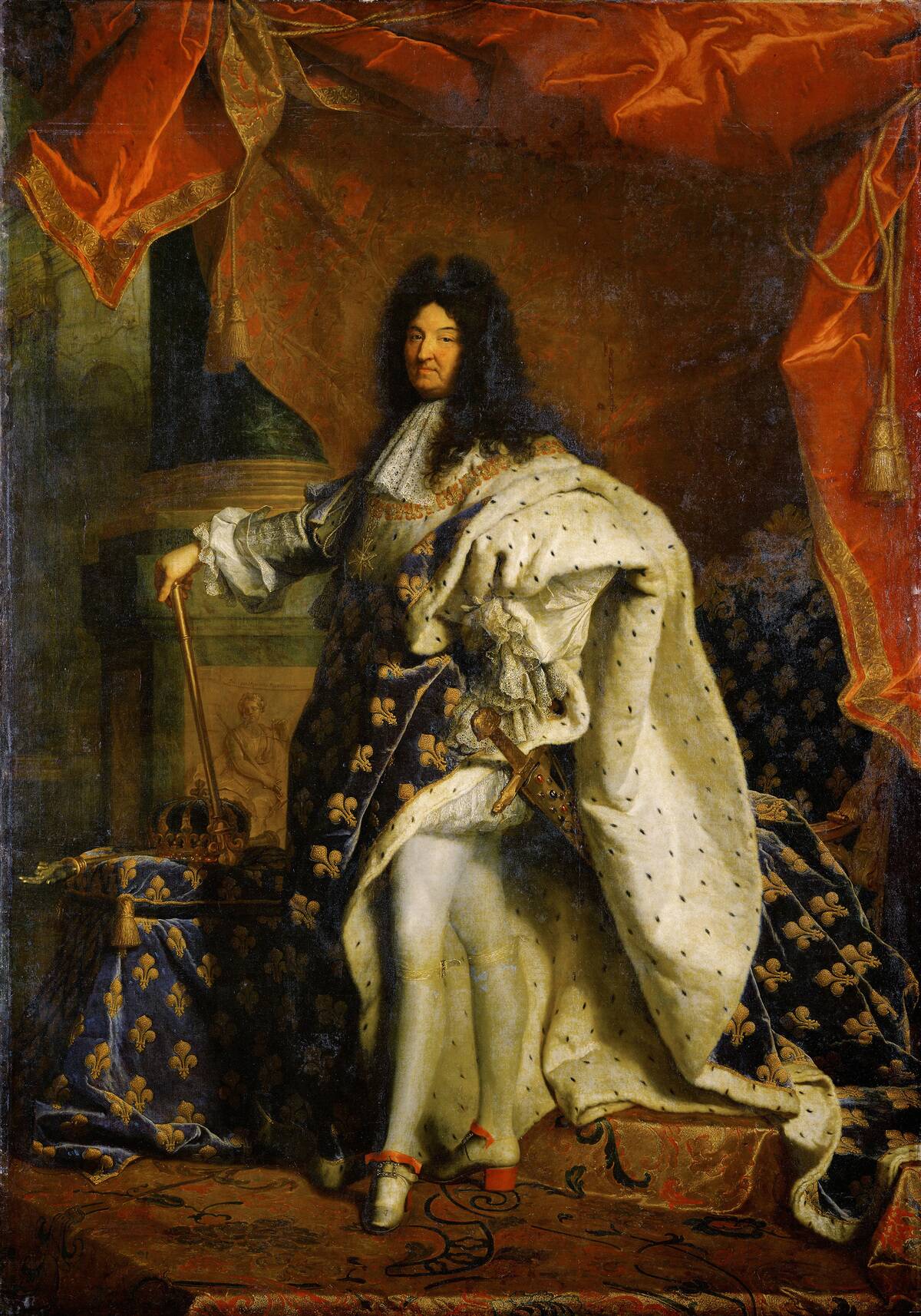
Clothing, first crafted from animal hides, emerged as a necessity for protection from the elements. As textile techniques advanced, clothing evolved into a form of personal expression and social identity.
The shift from functional to fashionable reflected cultural evolution, influencing art, trade, and societal norms.
The Discovery of Metalworking: Forging Ahead
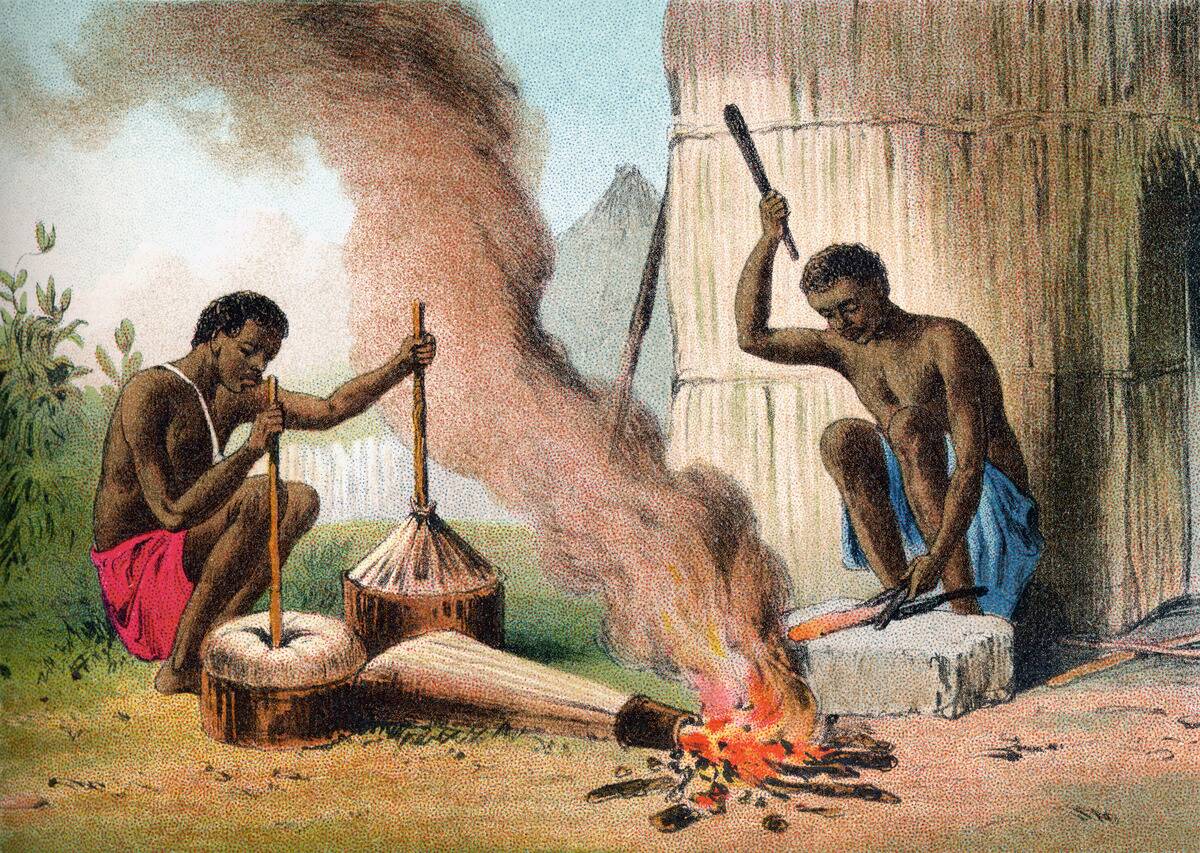
Metalworking began around 6000 BC with the use of native copper, marking the end of the Stone Age. The ability to extract and shape metal led to stronger tools and weapons, enhancing agriculture and warfare.
This technological leap drove economic growth and facilitated the rise of complex societies.
The Concept of Shelter: Homes Built to Last

The development of permanent shelters marked a significant shift from nomadic existence to stable living. Early structures, made from wood, stone, or mud, offered protection and a sense of community.
As construction techniques improved, shelters became more elaborate, reflecting social status and architectural innovation.
The Emergence of Art: Expressing Human Creativity

Art, with its roots in prehistoric cave paintings, allowed early humans to express beliefs and experiences. From sculptures to music, art provided a medium for storytelling, religious rituals, and social cohesion.
This creative outlet enriched cultural identity and left a lasting legacy of human imagination.
The Development of Trade: Swapping Stories and Goods
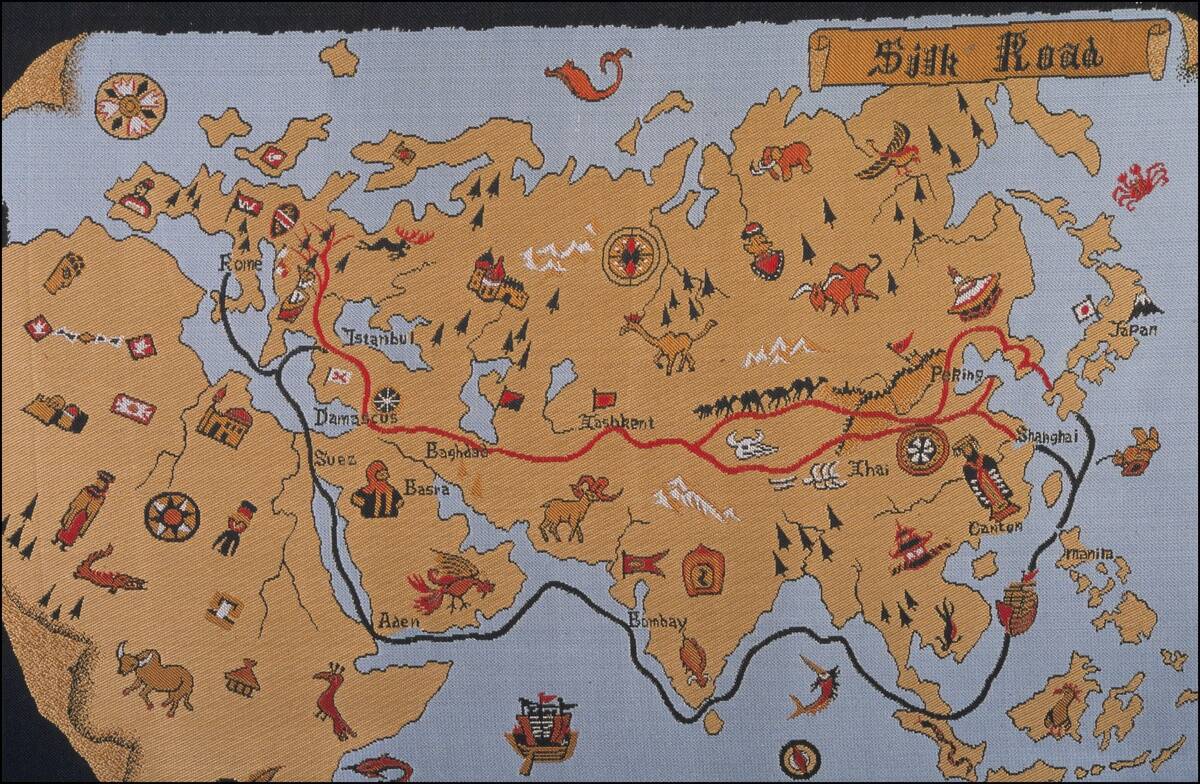
Trade emerged as a cornerstone of human interaction, facilitating the exchange of goods, ideas, and culture. The earliest trade routes, such as the Silk Road, connected distant civilizations, fostering economic growth and cultural exchange.
This interconnectedness laid the foundation for global economies and diplomacy.
The Rise of Social Structures: Organizing the Masses
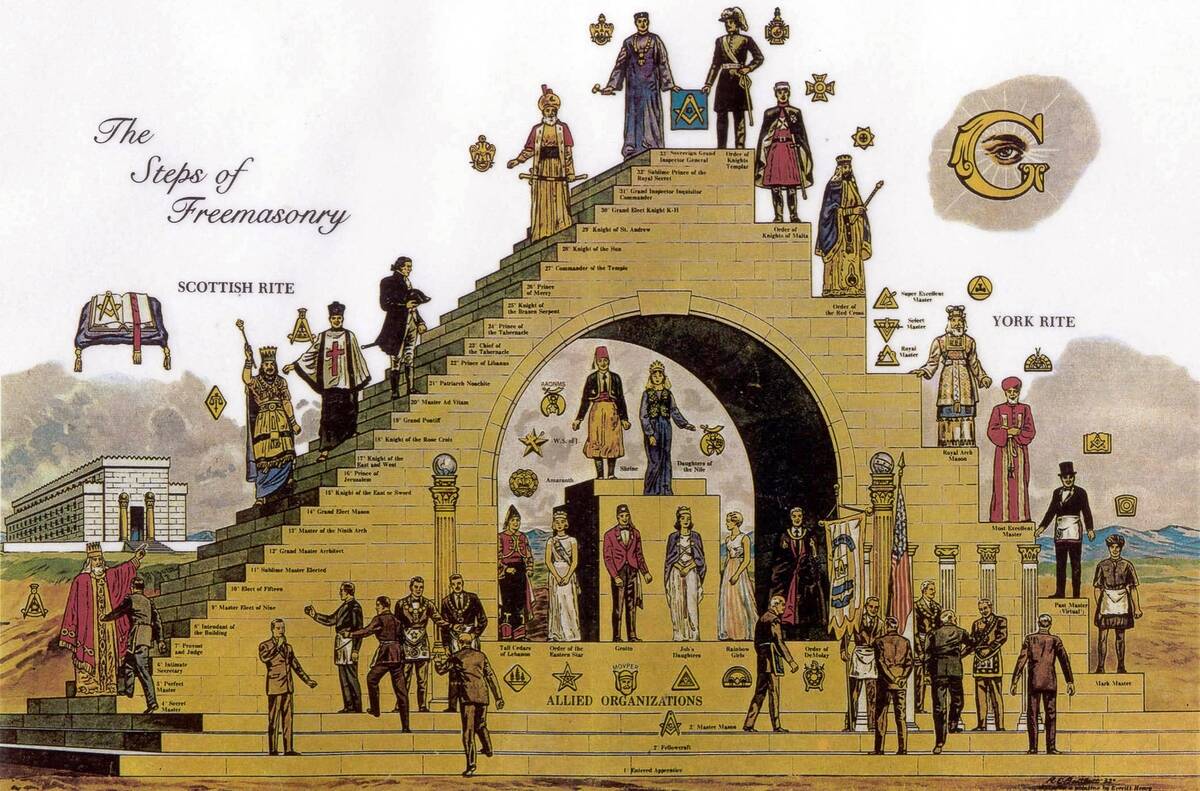
As societies grew, the need for organization led to the development of social structures. Hierarchies, laws, and governance emerged to maintain order and distribute resources.
These systems enabled large-scale cooperation and innovation, shaping the political and cultural landscape of civilizations throughout history.



